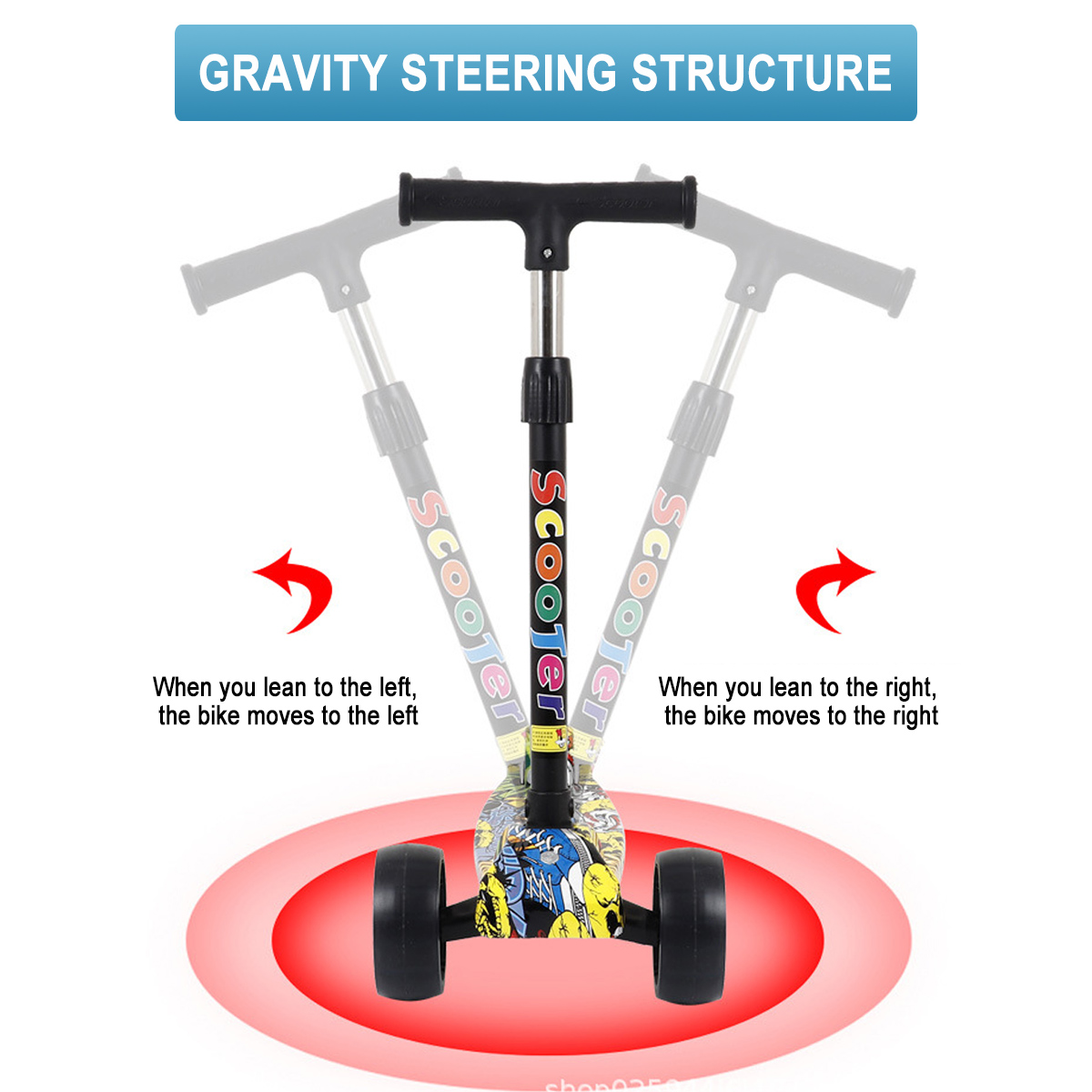The Rise of 2% Front Wheel Scooters A New Trend in Urban Mobility
In recent years, urban mobility has become a focal point for city planners and commuters alike. As cities grow and traffic congestion increases, innovative solutions are needed to facilitate efficient transportation. One such innovation that has captured the attention of both enthusiasts and casual users is the 2% front wheel scooter. This unique mobility device is not only convenient but also emphasizes the need for sustainable travel options in urban settings.
The Rise of 2% Front Wheel Scooters A New Trend in Urban Mobility
One of the primary advantages of the 2% front wheel scooter is its compact size. As urban areas become more congested, the demand for smaller, more portable modes of transportation grows. The scooter's lightweight design allows it to be easily carried and stored, making it an ideal solution for those who may need to combine multiple modes of transport throughout their day. Commuters can effortlessly transition from the scooter to public transportation, reducing the strain on crowded buses or trains.
2 front wheel scooter

In addition to its practicality, the 2% front wheel scooter promotes a greener alternative to traditional motor vehicles. Cities are increasingly facing challenges related to pollution and carbon emissions, and finding ways to reduce their environmental footprint is essential. Electric-powered scooters are already making waves in this regard, contributing to cleaner air and a decrease in overall reliance on fossil fuels. The 2% front wheel scooter aligns well with these initiatives, offering an eco-friendly mode of transportation that encourages more people to ditch their cars in favor of a healthier option.
Moreover, the rise of micro-mobility solutions, such as the 2% front wheel scooter, reflects a changing societal attitude toward personal mobility. Younger generations, in particular, are favoring more sustainable and efficient travel options over car ownership. This shift not only highlights the importance of personal convenience but also signifies a broader change in how we perceive and engage with our urban spaces. Scooters encourage exploration and foster a deeper connection to the communities they traverse.
As cities implement infrastructure changes to accommodate these new forms of transportation, the future of urban mobility looks bright. Public bike lanes and designated scooter paths are becoming more commonplace, allowing for safe travel without the threat of cars. Furthermore, ride-sharing platforms are integrating these scooters into their offerings, emphasizing accessibility and convenience.
In conclusion, the 2% front wheel scooter represents a significant step forward in the evolution of urban transportation. Its design caters to the needs of modern commuters struggling with traffic, pollution, and the demand for efficiency. By embracing this innovative mobility solution, cities can encourage sustainable travel habits and promote healthier, more connected communities. As we move forward, continued investment in sustainable transport options, including the rise of the 2% front wheel scooter, will play a crucial role in shaping the future of urban mobility, making our cities safer and more enjoyable for everyone.
-

 Scoot&RideKids Child Kick Push Scooter 3 Wheels with LED Flashing Tilt Lean Boys Girls Scooter
Scoot&RideKids Child Kick Push Scooter 3 Wheels with LED Flashing Tilt Lean Boys Girls Scooter




- 4
$33.17 -

 Scoot&RideKids Scooter Child Kick Flashing LED Light Up 3 Wheel Push Adjustable Folding 3
Scoot&RideKids Scooter Child Kick Flashing LED Light Up 3 Wheel Push Adjustable Folding 3- 0
$25.52 -

 Scoot&RideKids Scooter Child Kick Flashing LED Light Up 3 Wheel Push Adjustable Folding 2
Scoot&RideKids Scooter Child Kick Flashing LED Light Up 3 Wheel Push Adjustable Folding 2- 0
$33.17 -

 Scoot&RideKids Scooter Teens Foldable Kick Push Scooter Adjustable Height Safe 2 Wheels
Scoot&RideKids Scooter Teens Foldable Kick Push Scooter Adjustable Height Safe 2 Wheels




- 4
$49.99
Meet our partners and discover what powers their creativity!
When you register for a Lohas scooter, you will receive a 10% discount on your first order and can be notified of sales, new product launches and other offers in advance.









